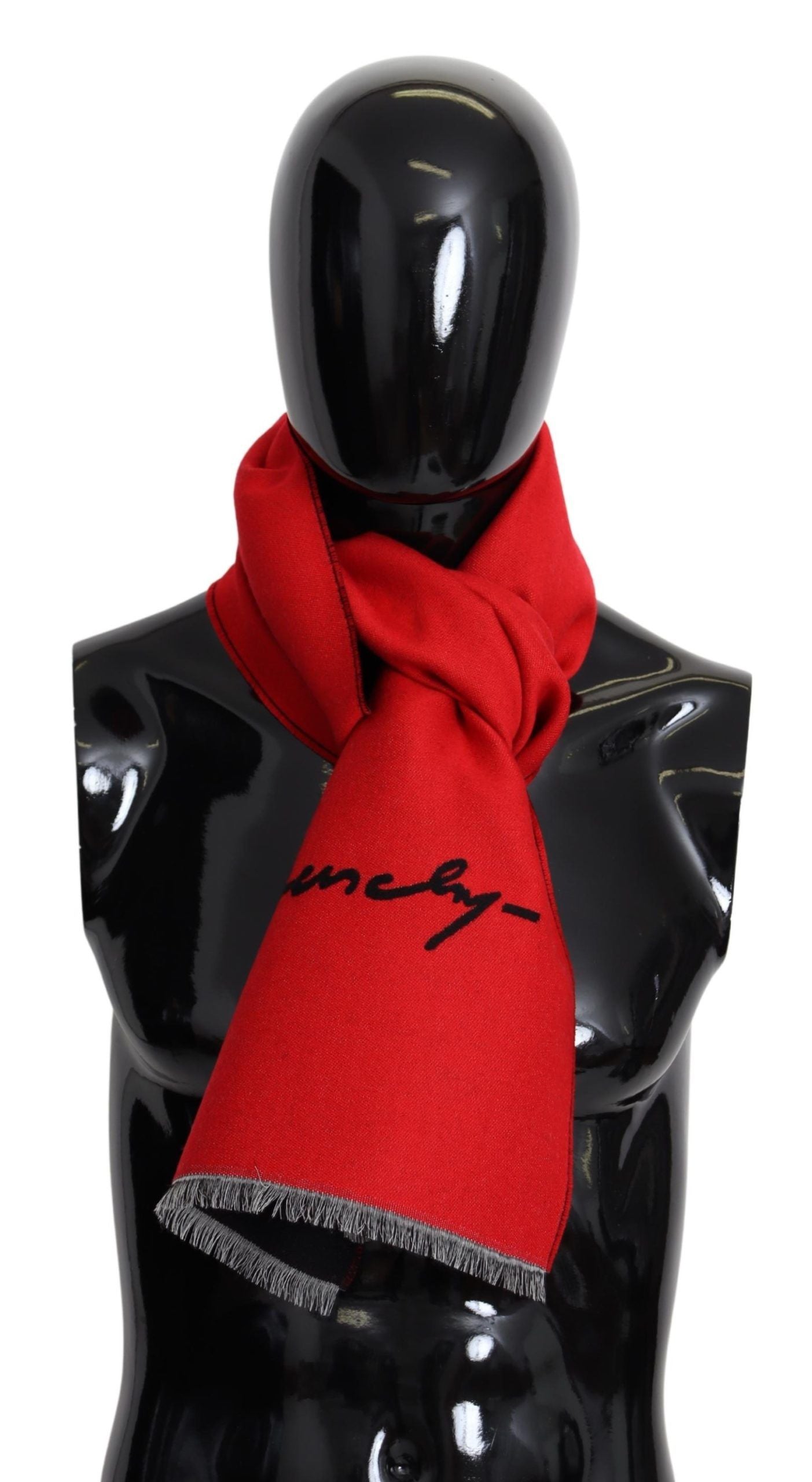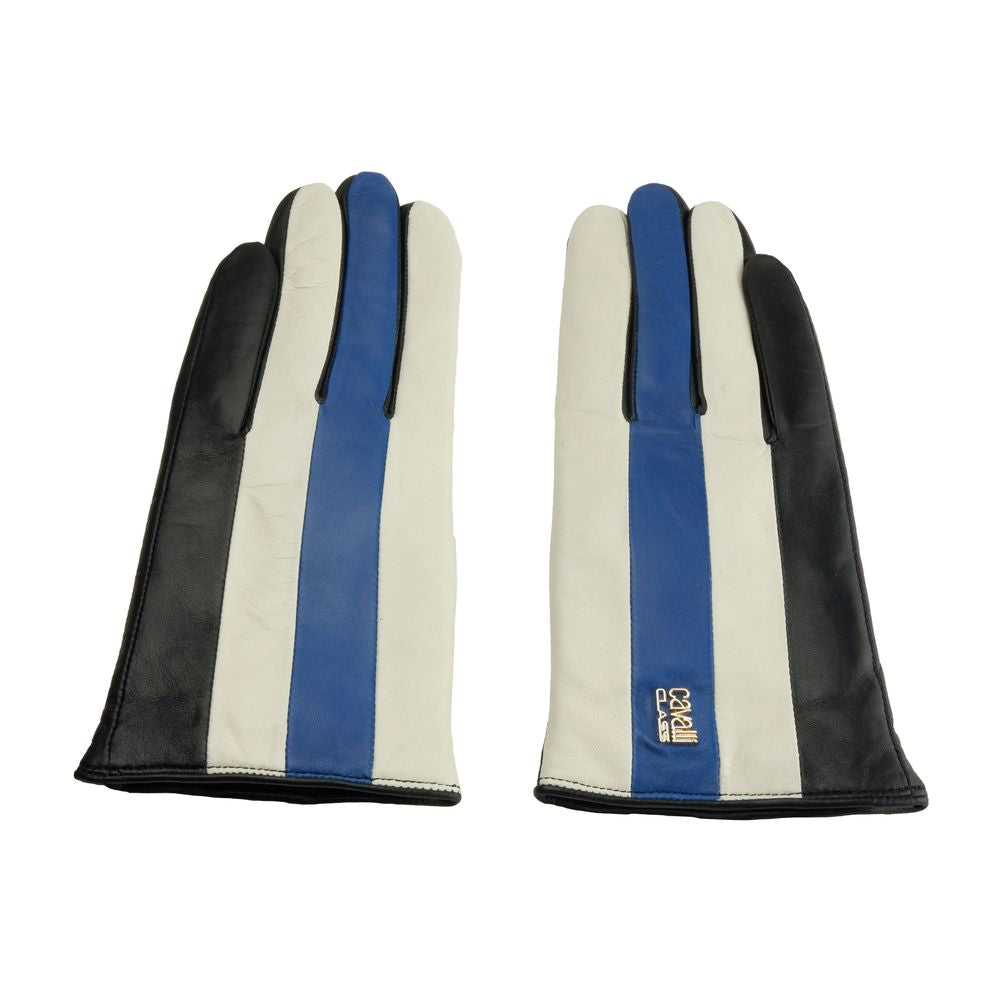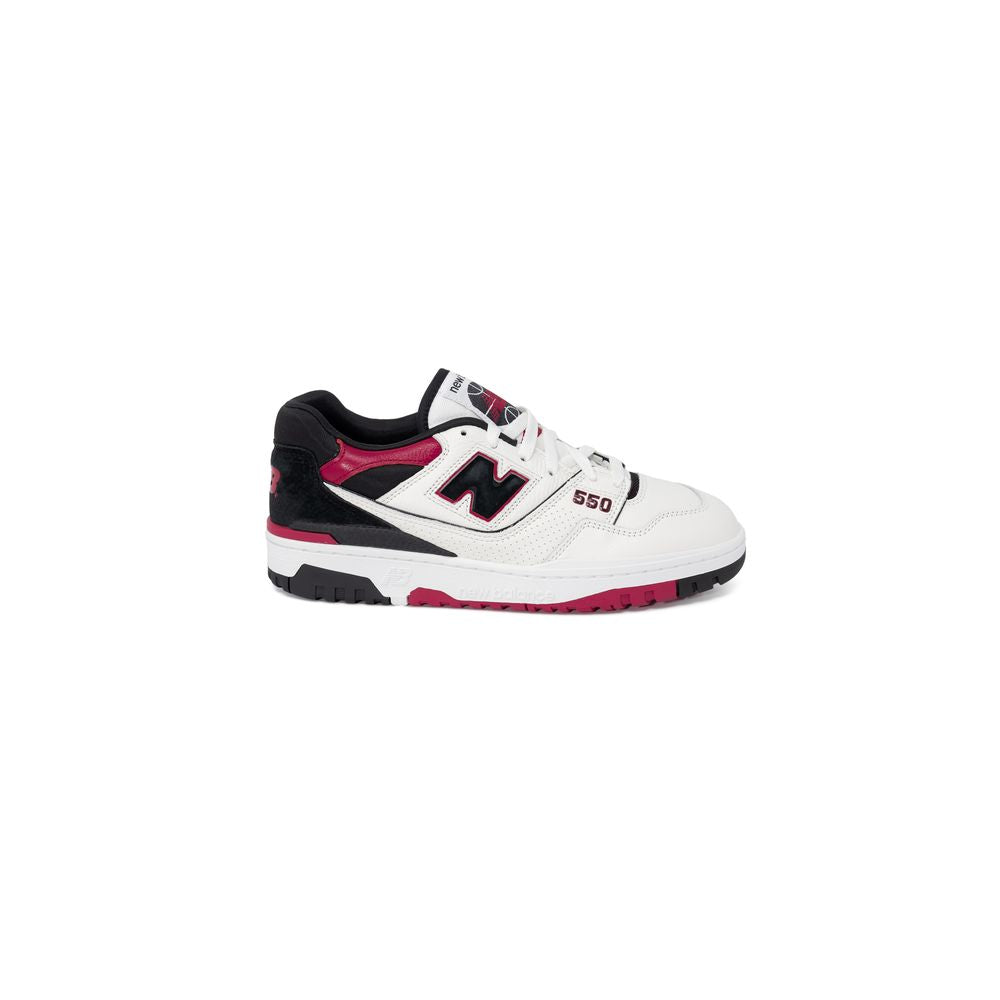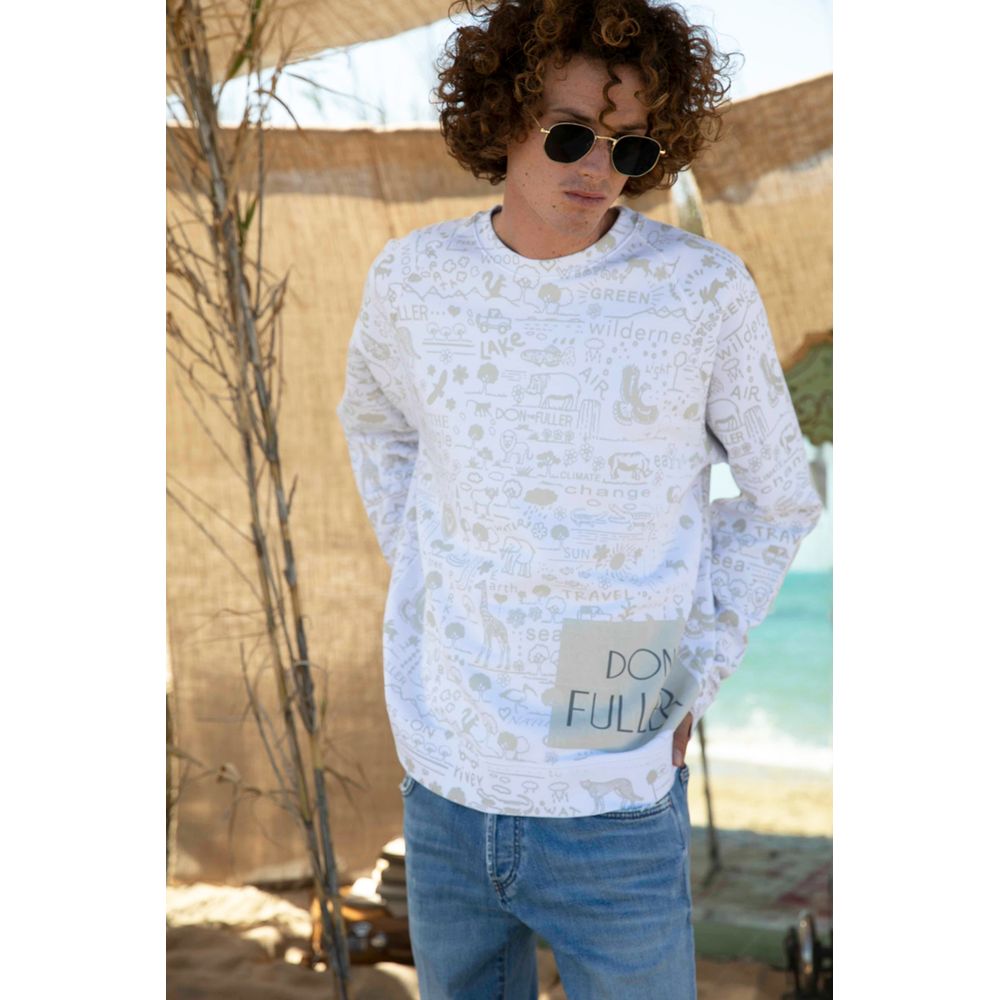4.9
Loved by Thousands of customers worldwide

The luxury fashion industry is constantly evolving, influenced by shifts in culture, sustainability concerns, and technological advancements. In this blog, we’ll explore the key trends shaping the luxury fashion landscape today, helping you stay updated and inspired.
Sustainability is no longer just a buzzword; it has become a fundamental principle guiding luxury brands today. Many companies are committing to eco-friendly materials, such as organic cotton and recycled fabrics, which are both luxurious and sustainable.
In addition to material choices, luxury brands are revisiting their entire supply chains to ensure ethical sourcing. From the production processes to labor practices, transparency is becoming a hallmark of trust in the industry.
Furthermore, brands are increasingly engaging their consumers in sustainability efforts, encouraging recycling and offering repair services as part of their efforts. This not only helps the environment but also fosters a deeper connection between brands and their customers.
The rise in popularity of second-hand luxury items also signifies a shift towards a more sustainable approach. Thrifting and vintage shopping are becoming more trendy, allowing consumers to embrace fashion history while reducing waste.
The digital landscape is reshaping luxury fashion in unexpected ways. Virtual fashion shows, once a novelty, are now a platform for brands to showcase their collections to global audiences without the constraints of geography.
This trend is not limited to showcasing products; it spans the entire customer experience. Consumers can now explore virtual showrooms that offer immersive experiences, allowing them to engage with collections in a way that is both convenient and captivating.
Social media plays a crucial role in this digital transformation. Platforms like Instagram and TikTok are where luxury brands can connect with a younger audience, leveraging influencers to reach potential buyers in innovative ways.
Additionally, the rise of digital fashion items, such as NFTs, is expanding the concept of luxury beyond physical products. These virtual pieces enable consumers to express their individuality without the environmental burden associated with traditional fashion.
Personalization is becoming a key demand in the luxury market, where consumers are seeking unique items that reflect their individuality and style. Luxury brands are listening, offering customization options that allow for personal touches, such as initials or bespoke designs.
This shift towards tailored experiences extends beyond products to include personalized shopping journeys. Brands are using data to understand customer preferences, providing curated recommendations based on past purchases and styles.
Moreover, the ability to collaborate on designs adds a special layer of engagement between the brand and the consumer. Imagine co-creating your handbag or a bespoke piece of jewelry—this is now a reality for many luxury enthusiasts.
With the technology available today, the possibilities for personalization are endless. This trend suggests that luxury is not just about how much you spend, but also about how well your purchases align with your style.
Inclusivity and diversity are at the forefront of conversations in the luxury fashion industry. Brands are expanding their offerings to cater to a broader range of sizes, styles, and cultural backgrounds, ensuring that everyone feels represented and included.
This trend extends beyond product offerings to include marketing campaigns as well. Luxury brands are hiring diverse models and featuring authentic stories that resonate with various communities, which fosters a sense of belonging.
Additionally, there is a growing acknowledgment of the importance of cultural sensitivity in design. Many luxury labels are reevaluating their creative processes to honor the traditions and aesthetics of different cultures respectfully.
As a result, luxury fashion is becoming a space that celebrates differences rather than conforming to a single narrative. This shift not only enriches the fashion landscape but positions luxury brands as champions of change.
Technology is profoundly transforming the luxury shopping experience in ways we never thought possible. Augmented reality, for example, allows customers to virtually ‘try on’ items from the comfort of their homes, enhancing the shopping experience.
Artificial intelligence is also making waves, as brands utilize AI-driven recommendations to tailor product suggestions that align with individual preferences, making the buying process smoother and more enjoyable.
Beyond retail, technology is enhancing customer service. Brands are implementing chatbots and virtual stylists that offer personalized assistance, bridging the gap between luxury and convenience.
Moreover, the use of blockchain technology for authentication is rising, providing consumers with confidence in their luxury purchases. Knowing that a product’s origin and authenticity can be verified adds excellent value to the luxury shopping experience.
As we have explored, the luxury fashion industry is undergoing an exciting transformation. From sustainability to digital innovation, these key trends are not just temporary fads but represent a significant shift in how we approach luxury. Whether you’re a fashion enthusiast or merely curious, staying informed about these trends will enhance your understanding and appreciation of this dynamic industry.
Check out our latest collections at https://www.thegraycrab.com/ and connect with us on social media
Shop the world’s finest designer collections, anytime, anywhere. No intimidation. No barriers. Just timeless fashion delivered to your doorstep.










4.9
Loved by Thousands of customers worldwide